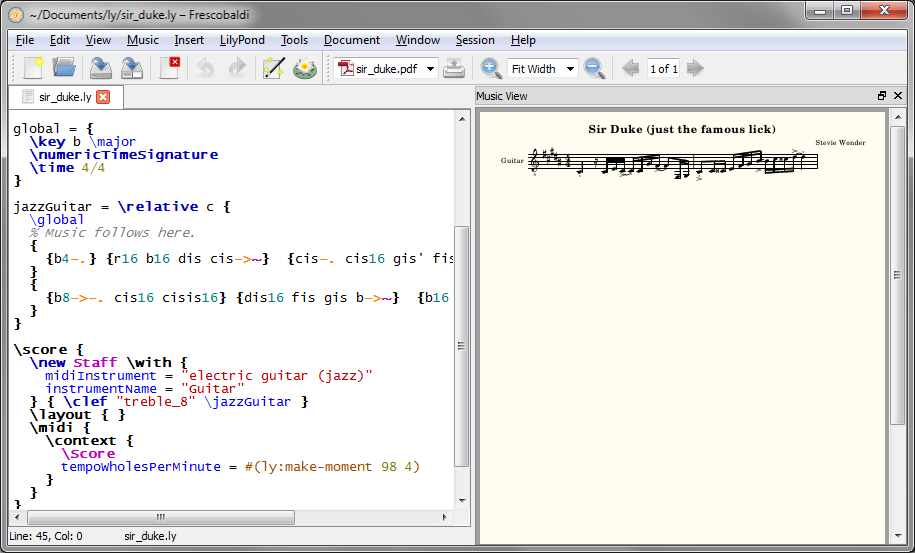Prior to a recent workshop a question was circulated that looked as if it was tailored to get my response. I stumbled on some great answers to this question over the course of my master’s research into project-based learning design: “Compendium; Dialogue Mapping; Let’s Do It!” I said, and they asked for more information. I replied by pulling some key points from the best articles I have into the following message and sending it with the full articles to my colleagues who posed the question. Where will this lead?
To Whom It May Concern:
At the recent workshop I mentioned tools, practices and actions we can take right away to address communication issues raised in previous meetings and surveys. You asked me to send you more information. Thank you for this opportunity. Please see below:
Tool:
There are many resources on this tool on line. It’s open source and has been branched by various groups of educators. CompendiumLD is specifically for learning design, but CompendiumNG, aspires to be the Next Generation of Compendium. N.b.: The Compendium tool is suitable for mapping external “focus group” type dialogue involving many stakeholders, a small meeting, or anything in between. The object is to “…work together to build a shared picture with all the stakeholders that accurately represents what we “know,” what different people assert, what we can try and learn from, and what we currently think are the relevant options” (Seybold, 2013, pg. 5).
http://www.compendiumng.org/use-examples/
List of potential uses for CompendiumNG:
Continue:
Practice—Dialogue Mapping:
Dialogue Mapping “… has been used for over three decades to help the different stakeholders in large, complex projects achieve alignment, make decisions they can own, and move forward” (Seybold, 2013, pg. 1). It is related to other forms of argument mapping, for example the Toulmin Model of Argument (see for example, Intel, 2006), but uses an icon-based graphic organizer to denotes the parts of the argument, called Issue Based Information System (IBIS), “…a notation invented by Horst Rittel and Werner Kunz in the early 1970s. IBIS is best known for its use in dialogue mapping, a collaborative approach to tackling wicked problems (i.e. contentious issues) in organisations. “At the heart of IBIS’s power is the amazing capability of questions, when framed in an open and systematic way, to create new distinctions and new clarity out of the fog of social complexity and collapsed meanings,” says Patricia Seybold (2013, pg. 11). It has a range of other applications as well – capturing knowledge is a good example…” (Eight to Late, 2010). This article continues by quoting the first sentence of the abstract of Rittel & Kuntz (1970, pg. 1).
Issue—Based Information Systems (IBIS) are meant to support coordination and planning of political decision processes. IBIS guides the identification, structuring, and settling of issues raised by problem—solving groups, and provides information pertinent to the discourse.
IBIS was to be “…the type of information system meant to support the work of cooperatives like governmental or administrative agencies or committees, planning groups, etc., that are confronted with a problem complex in order to arrive at a plan for decision…” (pg. 1). It can be said, “From the start, then, IBIS was intended as a tool to facilitate a collaborative approach to solving …or better, managing a wicked problem by helping develop a shared perspective on it” (Eight to Late, 2010, pg. 2).
A Brief Introduction to IBIS (Source: Eight to Late, 2010)
The IBIS notation consists of the following three elements:
- Issues(or questions): these are issues that are being debated. Typically, issues are framed as questions on the lines of “What should we do about X?” where X is the issue that is of interest to a group. For example, in the case of a group of executives, X might be rapidly changing market condition whereas in the case of a group of IT people, X could be an ageing system that is hard to replace.
- Ideas(or positions): these are responses to questions. For example, one of the ideas of offered by the IT group above might be to replace the said system with a newer one. Typically the whole set of ideas that respond to an issue in a discussion represents the spectrum of participant perspectives on the issue.
- Arguments: these can be Pros (arguments for) or Cons (arguments against) an issue. The complete set of arguments that respond to an idea represents the multiplicity of viewpoints on it.
The Seven Question Types at the Heart of Issue Mapping (Source: Seybold, 2013, pg. 11):
- Deontic: What should we do?
- Instrumental: How should we do X?
- Criterial: What are the criteria for success?
- Factual: What is X?
- Conceptual: What does X mean?
- Explanatory: Why is X?
- Contextual: What is the background?
“Issue Mapping can be used effectively for everyday business and personal decisions, but its potential is vast. Through the skillful use of questions, an issue map has unlimited capacity to represent and clarify diverse points of view, conflicting interpretations and goals, inconsistent information, and other forms of complexity…”
(Cognexus Institute website: www.cognexus.org/)
Compendium is a freeware tool that can be used to create IBIS maps… In Compendium, the IBIS elements described above are represented as nodes as shown in Figure 1: issues are represented by blue-green question marks; positions by yellow light bulbs; pros by green + signs and cons by red – signs. Compendium supports a few other node types, but these are not part of the core IBIS notation. Nodes can be linked only in ways specified by the IBIS grammar as I discuss next.
Figure 1: IBIS elements
The IBIS grammar can be summarized in three simple rules:
- Issues can be raised anew or can arise from other issues, positions or arguments. In other words, any IBIS element can be questioned. In Compendium notation: a question node can connect to any other IBIS node.
- Ideas can only respond to questions– i.e. in Compendium “light bulb” nodes can only link to question nodes. The arrow pointing from the idea to the question depicts the “responds to” relationship.
- Arguments can only be associated with ideas– i.e. in Compendium “+” and “–“ nodes can only link to “light bulb” nodes (with arrows pointing to the latter)
The “legal links” are summarized in Figure 2 below.
Figure 2: Legal links in IBIS
Yes, it’s as simple as that.
(pp. 2-3).
Facilitate Group Meetings Using Real-time Dialogue Mapping (Seybold, 2013, pg. 17-18).
The place that Dialogue Mapping really shines is in a face-to-face group design and/or strategic planning session. It’s a much richer tool to use than capturing ideas on flip charts. Don’t forget, however, that just displaying the flow of the conversation doesn’t really add a lot of value. Getting people to validate the ideas that are captured, to build on them, and to really own the map as an active part of their design process is where Dialogue Mapping really shines.
[…]
Continue to Evolve the Group Discussions/Maps Over Time
Today’s design activities are far from “one and done.” Usually you kick off a design project with a vague idea about the appropriate solution and, over time, through the shared dialogue, experimentation, and learning, you evolve your collective thinking and come up with better and better solutions through trial and error.
Asynchronous Mapping In Between Group Meetings. In between group meetings, participants can add to their section of a group map on their own time. They can add links and documents to the map as ammunition to bolster a pro or a con. They can add new ideas, along with sketches, text, or videos to provide really great examples for other team members to absorb at their own pace.
Capture Institutional Memory. One of the beauties of Dialogue Maps is that they can be time- and date-stamped and added to over time. You can then see a history of how your collective thinking evolved. Many of Jeff Conklin’s clients really value the institutional memory that these maps provide over a long period of time.
From Mapping project dialogues using IBIS – a case study and some reflections (Awati, 2011)
Abstract
Purpose: This practice note describes the use of the IBIS (Issue-Based Information System) notation to map dialogues that occur in project meetings.
Design/methodology/approach: A case study is used to illustrate how the technique works. A discussion highlighting the key features, benefits and limitations of the method is also presented along with a comparison of IBIS to other, similar notations.
Findings: IBIS is seen to help groups focus on the issues at hand, bypassing or avoiding personal agendas, personality clashes and politics.
Practical Implications: The technique can help improve the quality of communication in projects meetings. The case study highlights how the notation can assist project teams in developing a consensus on contentious issues in a structured yet flexible way.
Originality / Value: IBIS has not been widely used in project management. This note illustrates its value in helping diverse stakeholders get to a shared understanding of the issues being discussed and a shared commitment to achieving them.
Action: Identify an interested working group to continue investigating applications of dialogue mapping [here at work].
Reference
Awati, Kailash (2011) “Mapping project dialogues using IBIS: a case study and some reflections”, International Journal of Managing Projects in Business, Vol. 4 Iss: 3, pp.498 – 511. [PDF]
Buckingham Shum, Simon; Selvin, A.M.; Sierhuis, Maarten; Conklin, Jeffrey; Haley, C.B. and Nuseibeh, Bashar (2006). Hypermedia support for argumentation-based rationale: 15 years on from gIBIS and QOC. In: Dutoit, A.; McCall, R.; Mistrik, I. and Paech, B. eds. Rationale Management in Software Engineering. Berlin: Springer-Verlag, pp. 111–132.
Eight to Late (WordPress blog: Archive for the ‘Issue Based Information System’ Category, (2010), https://eight2late.wordpress.com/category/issue-based-information-system/ .
Horst W. J. Rittel & Webber, Melvin M., Dilemmas in a General Theory of Planning (1973), Policy Sciences 4 (1973), 155-169.
Intel Corp. (2006) Teach To The Future, Showing Evidence Tool Resources, Appendices [PDF: www.schoolnet.org.za/twt/09/M9_argumentation.pdf]
Kunz, Werner and Rittel, Horst W. J., Issues As Elements Of Information Systems (1970) [PDF: www.cc.gatech.edu/~ellendo/rittel/rittel-issues.pdf].
Seybold, Patricia (2013), How to Address “Wicked Problems” Use Dialogue Mapping to Build a Shared Understanding and Evolve a Group’s Thinking, [PDF: http://dx.doi.org/10.1571/br05-23-13cc]
There are shortcomings in the notation and maps can get unwieldy. While it’s easy to get started, dialogue mapping requires considerable practice to perfect (Awati, 2011, pg. 14). These and some other factors have slowed adoption. Some of these factors certainly exist in my workplace. We’ll soon see if the apparent awakening to the existence of different strategies to build more effective communication gains enough momentum to catch on and spread.



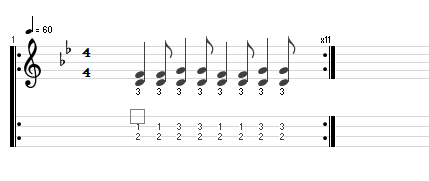
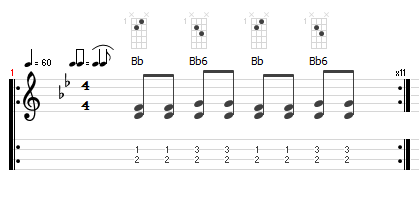
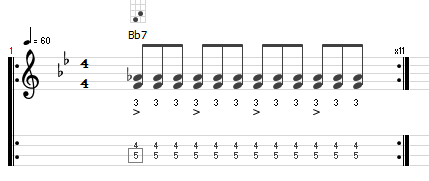
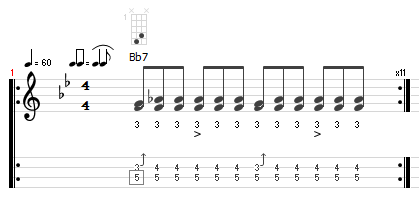
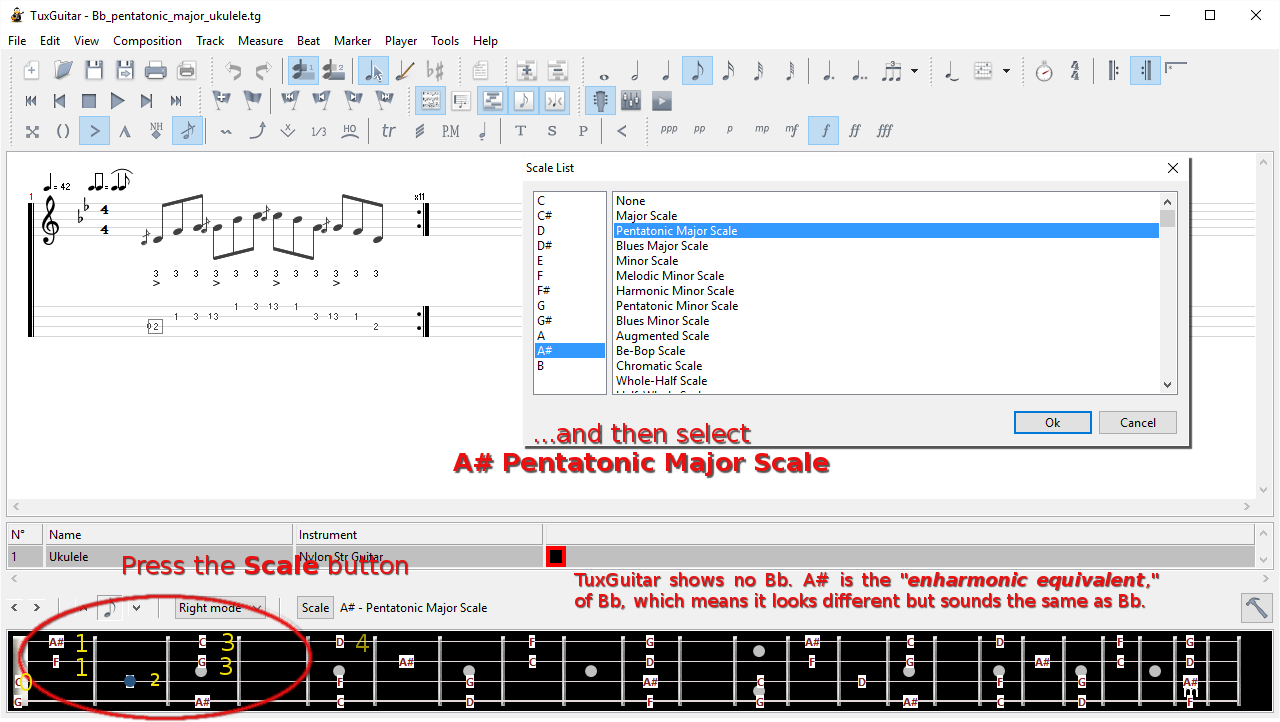

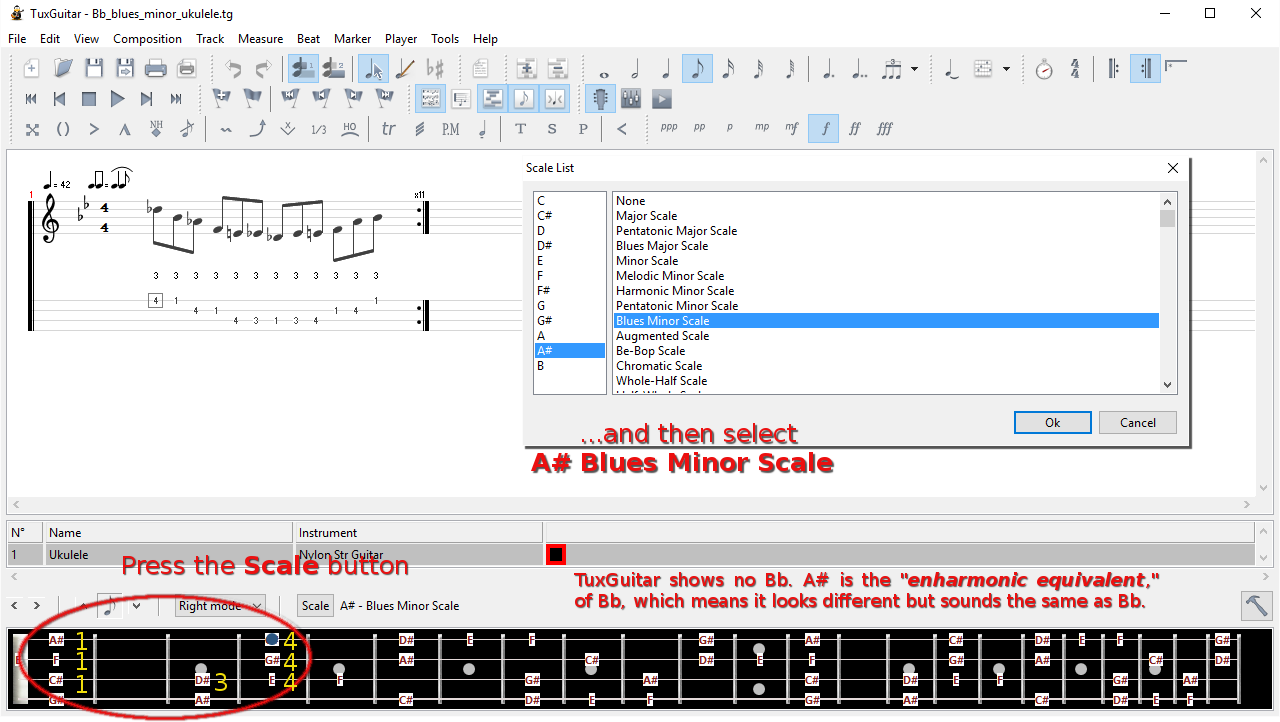
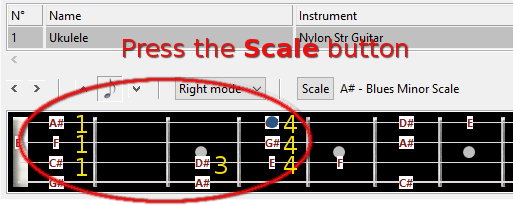

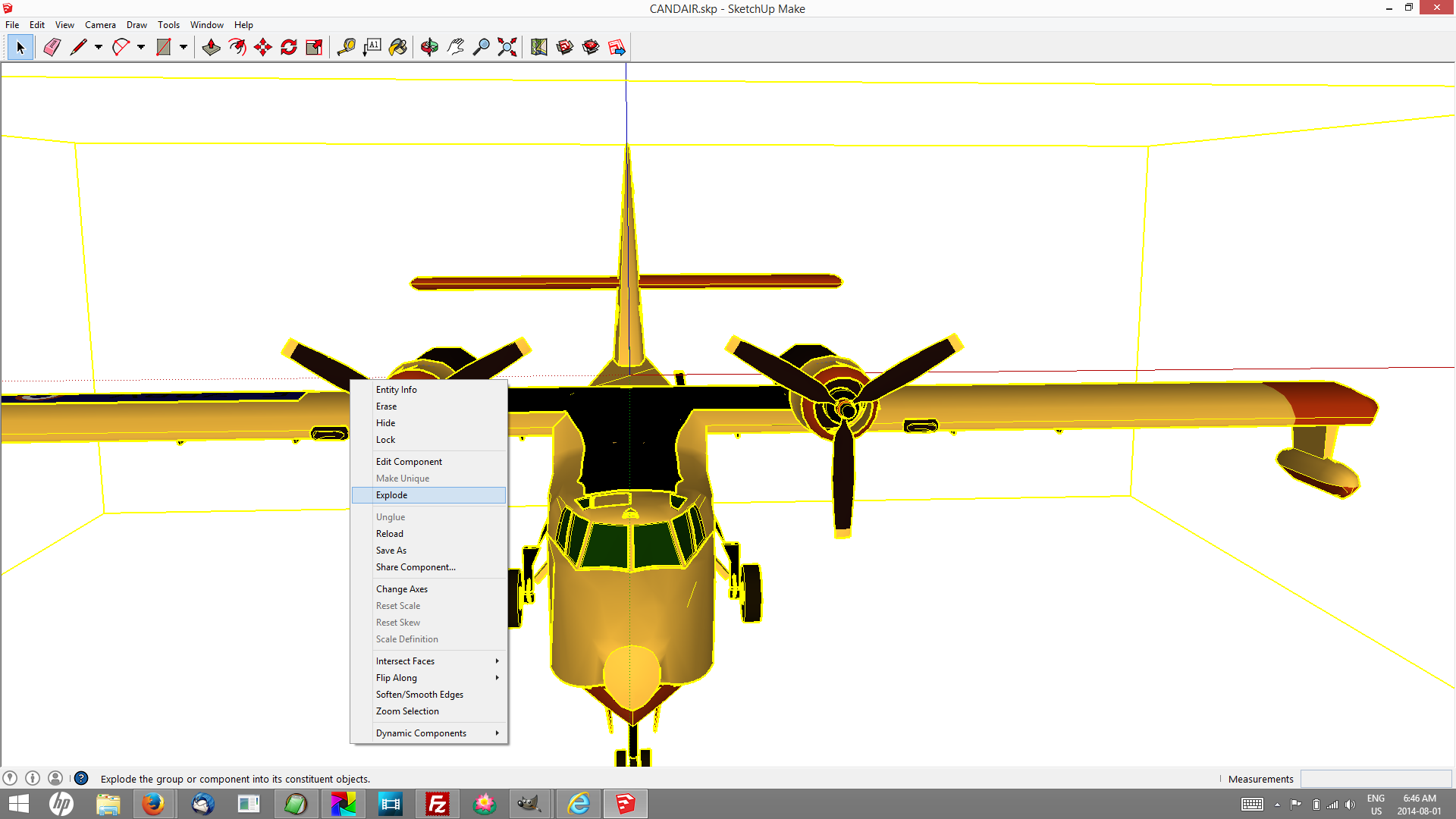
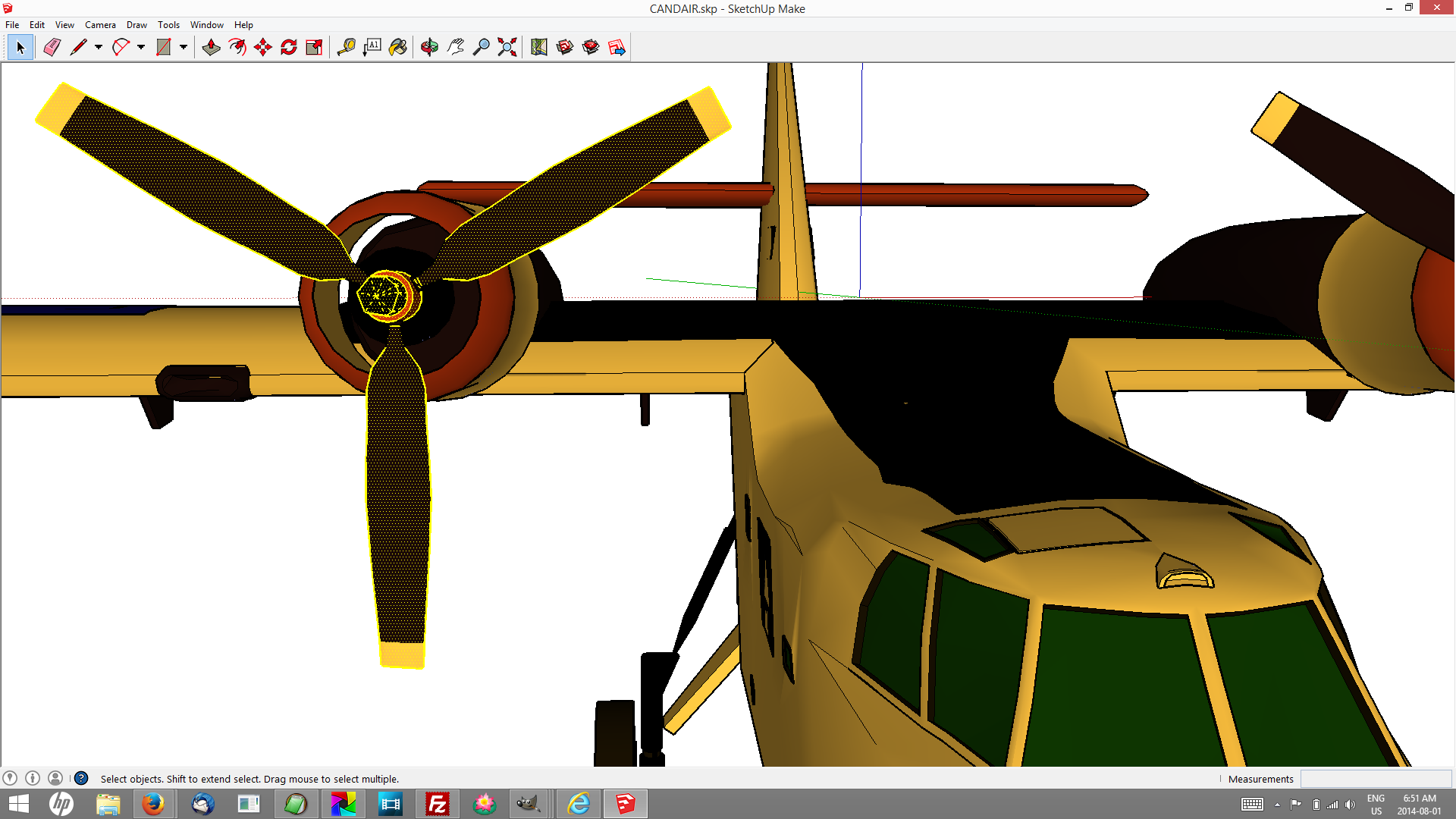


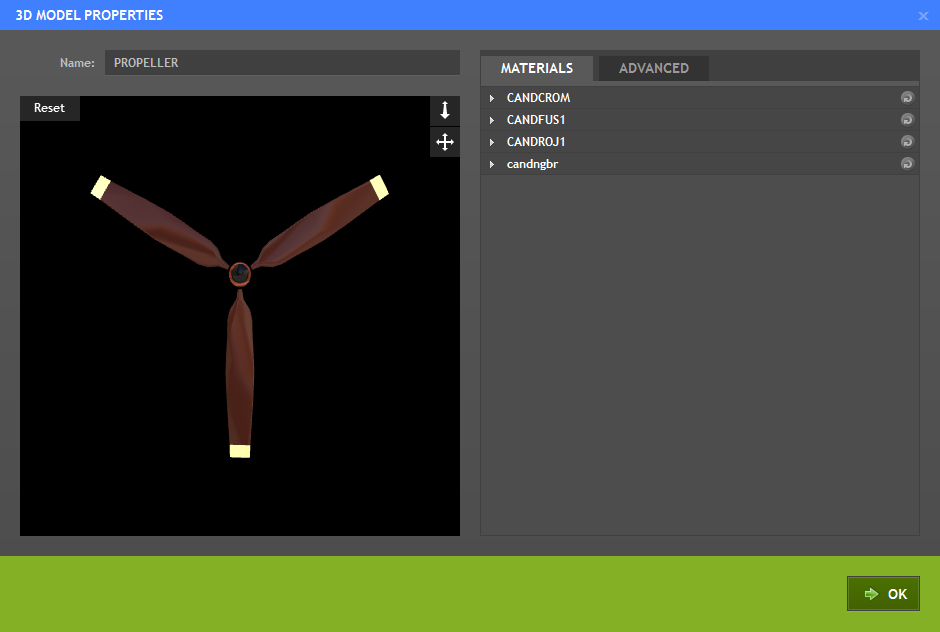

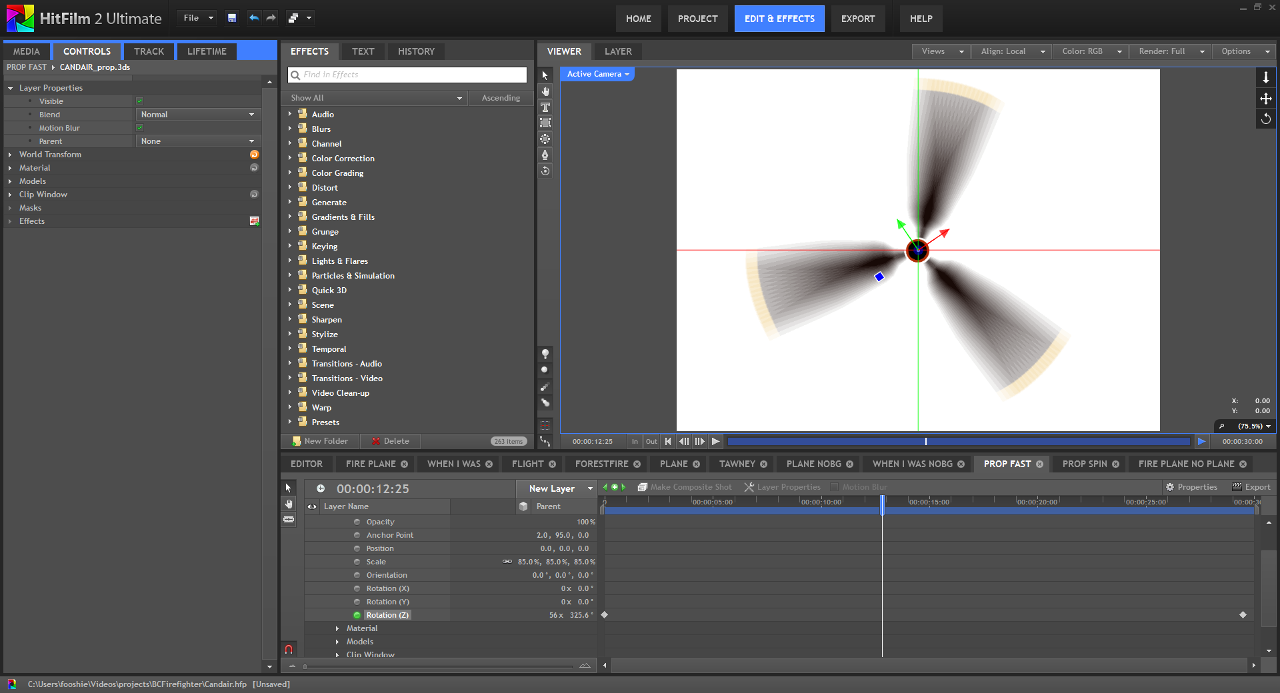


 LilyPond is open source music engraving software. LilyPond “…was designed to solve the problems we found in existing software and to create beautiful music that mimics the finest hand-engraved scores.” It produces some of the finest looking scores you can imagine, and almost any style of note or notation you can imagine. But it’s a scripting language—which for many people makes it very difficult to learn, and much too tedious to use. Enter Frescobaldi.
LilyPond is open source music engraving software. LilyPond “…was designed to solve the problems we found in existing software and to create beautiful music that mimics the finest hand-engraved scores.” It produces some of the finest looking scores you can imagine, and almost any style of note or notation you can imagine. But it’s a scripting language—which for many people makes it very difficult to learn, and much too tedious to use. Enter Frescobaldi.






